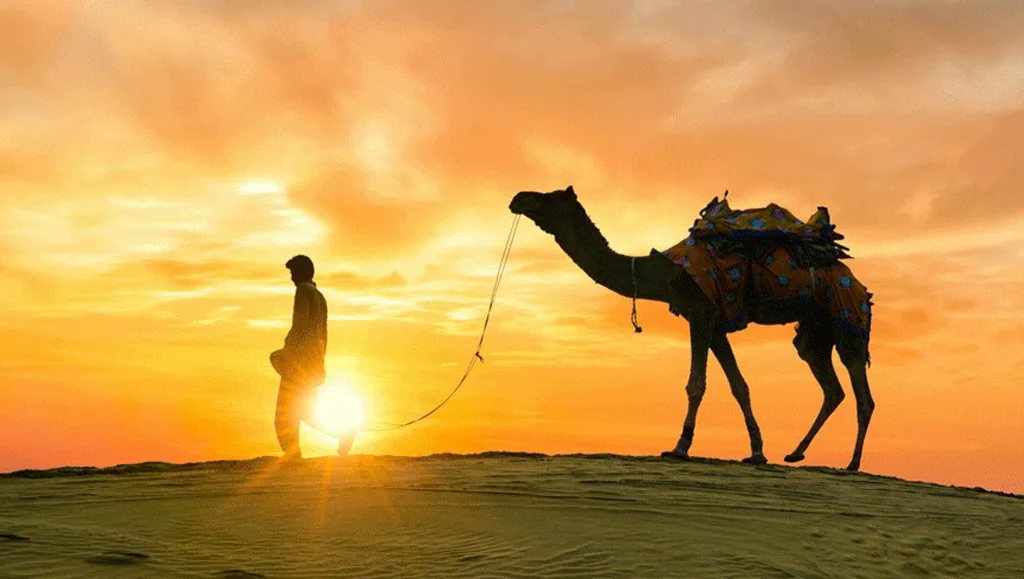Mount Abu, Rajasthan – A Green Retreat Refreshed After the Rains
Introduction
Located in the hills of the Aravalli Range, Mount Abu is a green oasis in the desert landscape of Rajasthan. It’s the sole hill station in the state and a welcome respite from the desert surroundings. In post-monsoon season, Mount Abu becomes a green paradise with misty dawns, green hill slopes, waterfalls, and a serene atmosphere that attracts tourists seeking peace, spirituality, and scenery.
If you’re planning a getaway after the monsoon, Mount Abu is one of the most rejuvenating places to visit. From boating on the Nakki Lake to trekking through forested trails, exploring ancient temples, and enjoying local Rajasthani cuisine — this little hill station has something for everyone.
In this post, we’re going to walk you through all that Mount Abu has to offer post-rains — the weather, attractions, activities, food, travel tips, and more.
Why Visit Mount Abu After the Monsoon?
The monsoon showers (June to early September) infuse life into the parched hills of Mount Abu. As the showers clear, you’re greeted by:
- New greenery blanketing the hills
- Comfortable temperatures between 16°C and 28°C
- Clear skies, perfect for sightseeing
- Less crowd than peak tourist season
- Seasonal waterfalls and streams that spring to life
Top Mount Abu Attractions After Rain
1. Nakki Lake
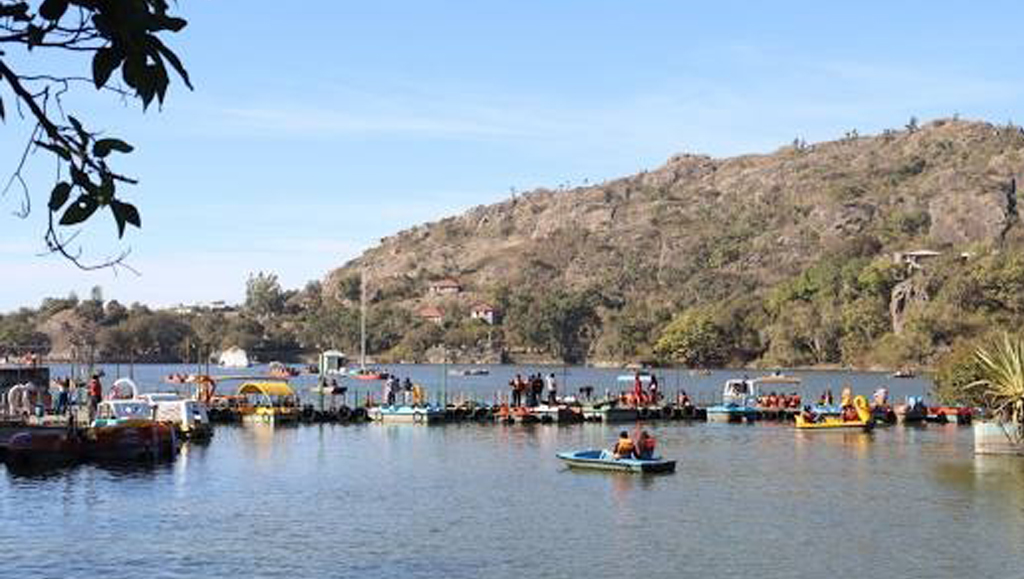
The soul of Mount Abu, Nakki Lake, is even more beautiful after rains. Nestled behind the mist-shrouded hills and green gardens, it’s just ideal for a soothing boat ride or a leisurely walk in the evening.
- Boating time: 9 AM to 6 PM
- Don’t miss: Sunset point close by for panoramic views
2. Dilwara Temples

Constructed between the 11th and 13th centuries, the Dilwara Temples are a marvel of architecture. The marble carvings appear even more beautiful in the gentle post-rain light.
- Known for: Exquisite Jain marble carvings
- Entry: Free (Photography inside not permitted)
3. Guru Shikhar
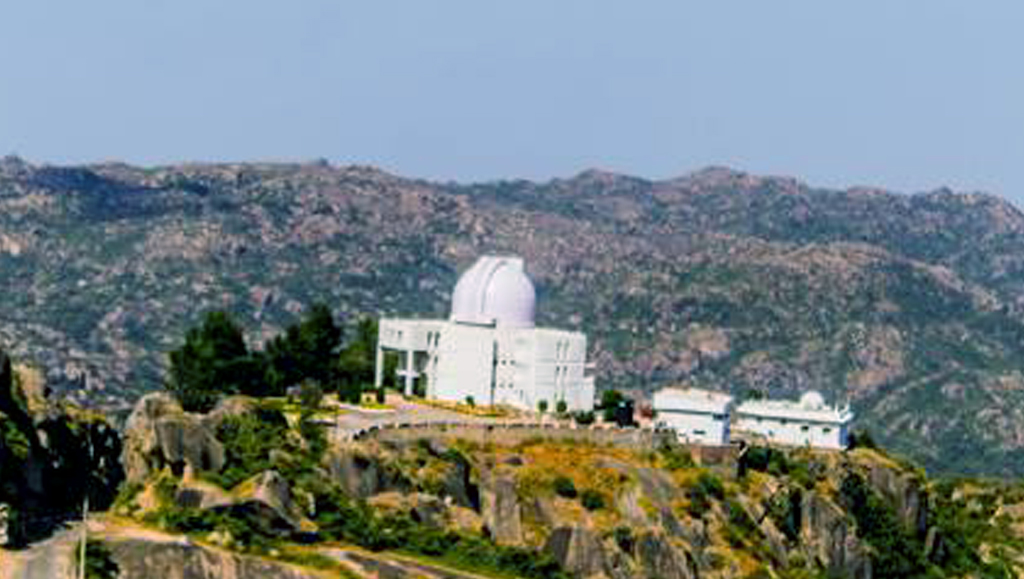
Highest point in the Aravalli Range (1,722 m), Guru Shikhar provides stunning views of the valleys all around carpeted with green and clouds.
- Trekking or drivable up to the summit
- Has a Dattatreya temple at the summit
4. Toad Rock
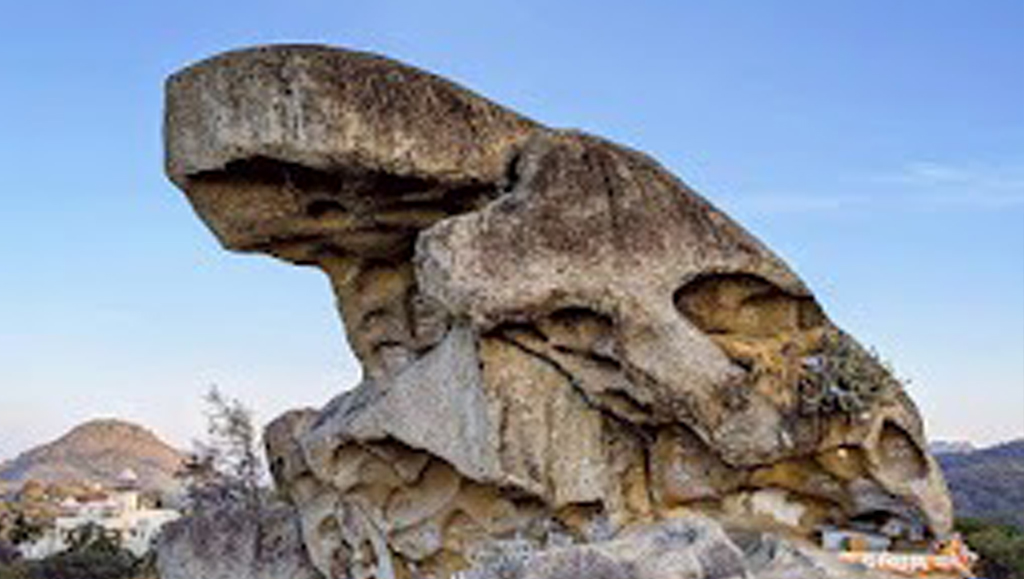
Situated close to Nakki Lake, this rock is shaped like a toad poised to jump. A short trek takes one up top, providing stunning views of the lake and town.
- Best for: Morning trekking and photography
5. Achalgarh Fort
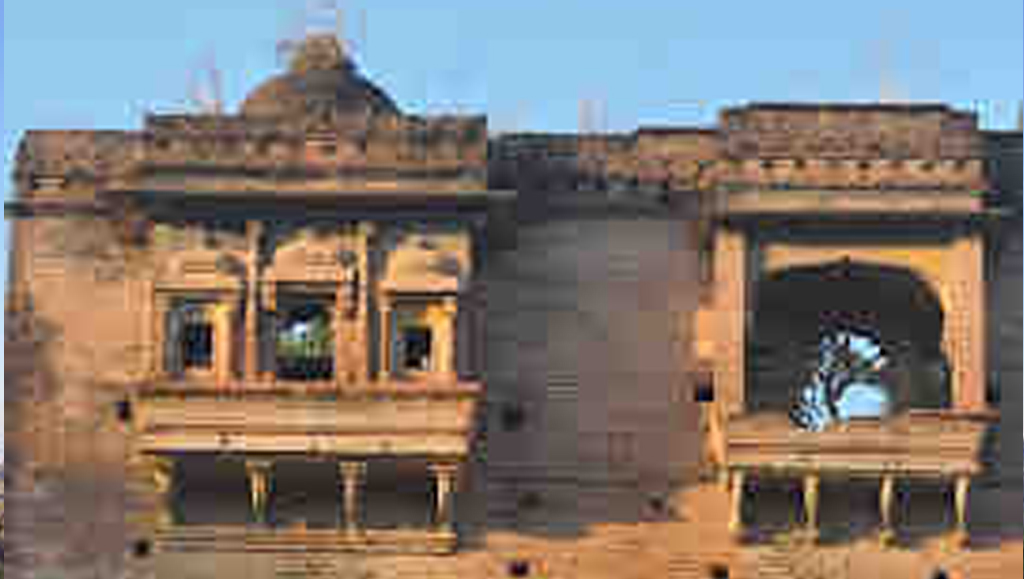
Conceived by Rana Kumbha, this ancient fort is nestled among dense forest paths teeming with life after the monsoons. The nearby Achaleshwar Mahadev Temple is also worth visiting.
Offbeat Nature Experiences
1. Trevor’s Tank
A slightly lesser-known wildlife location, Trevor’s Tank is a picturesque man-made lake located in the midst of dense forest. After the rains, it’s filled with birds, crocodiles, and butterflies.
- Entry: ₹30 (approx.)
- Ideal for: Picnic and bird-watching
2. Mount Abu Wildlife Sanctuary
Covering an area of 288 sq km, the sanctuary is alive with leopards, sloth bears, langurs, and birds and plants.
- Entry fee: ₹50 (Indian nationals)
- Tip: Early morning visit for animal sightseeing
3. Waterfalls and Seasonal Streams
Deep in the woods are monsoon waterfalls such as Honeymoon Point waterfalls, only visible during/after the rainy season. Uncharted, these locations are perfect for nature enthusiasts and photographers.
Mount Abu Weather Post-Rains
- Temperature: 16°C (low) to 28°C (high)
- Humidity: Moderate
- Air Quality: Fresh and crisp
- Clothing Suggestion: Pack a light jacket, walking shoes, and an umbrella (just in case)
The post-monsoon season (September to early November) is perhaps the ideal time to appreciate Mount Abu’s natural splendor.
Activities to Enjoy
1. Boating at Nakki Lake
Relish the peaceful waters mirroring the clouds above. Opt for paddle or shikhara boats.
2. Trekking
Climb up to Sunset Point, Guru Shikhar, or trek on offbeat forest trails.
3. Photography
Post-monsoon Mount Abu provides breathtaking landscapes — misty valleys, clear skies, vibrant flora, and evocative sunsets.
4. Shopping
Go to the local bazaars for handicrafts, woollen wear, Rajasthani artwork, and herbal products.
5. Cultural Exploration
Watch local fairs, folk dances, and temple rituals — especially during Navratri in October.
Local Food to Try
Mount Abu offers a blend of Rajasthani and Gujarati cuisines, with loads of vegetarian food.
Must-Try Dishes:
- Dal Baati Churma
- Gatte ki Sabzi
- Ker Sangri
- Rabdi Malpua
- Jalebi with Fafda
Where to Eat: - King’s Food (for local food)
- Sher-e-Punjab (for North Indian)
- Mulberry Tree (for multi-cuisine & ambiance)
Where to Stay
Mount Abu has accommodation for all budgets.
Budget:
- Hotel Lake Inn
- Hotel Ganesh
Mid-Range:
- Hotel Hillock
- Silver Oak
Luxury:
- Palace Hotel – Bikaner House
- Cama Rajputana Club Resort
Travel Tips
- Closest railway station: Abu Road (28 km)
- Closest airport: Udaipur (165 km) or Ahmedabad (225 km)
- Local transport: Auto rickshaws, taxis, rental bikes
- Best time to visit after rains: Mid-September to November
- Ideal trip duration: 2 to 3 days
Suggested Itinerary (3 Days)
Day 1:
- Arrive and relax
- Nakki Lake & Toad Rock
- Sunset at Sunset Point
Day 2:
- Dilwara Temples
- Guru Shikhar trek
- Achalgarh Fort
- Local market shopping
Day 3:
- Mount Abu Wildlife Sanctuary
- Trevor’s Tank
- Depart after lunch
Eco-Friendly Travel Tips
- Don’t use plastic bottles and littering in the forests
- Use local homestays or eco-resorts
- Obey temple norms and cultural sites
- Don’t disturb wildlife or pluck plants
Mount Abu After Rains – A Photographer’s Paradise
With fog rolling over hills, fresh air, and dramatic lighting, photographers and content creators find Mount Abu very rewarding. Regardless of whether you photograph with a DSLR or a phone, you’re assured Instagram-worthy moments.
FAQs
1. Is Mount Abu safe for solo travelers?
Yes, it is safe for solo travelers, including women. But it’s advisable to not venture into secluded areas in the night.
2. Can I visit Mount Abu with family?
Yes, definitely. It’s a perfect place to visit for families, especially those with children and elderly because of its peaceful atmosphere and lower-altitude elevation.
3. What should I pack for a trip in September/October?
Light woollens, walking shoes, rain jacket, and personal medications. A power bank and refillable water bottle are useful as well.
4. How are the roads to Mount Abu post-monsoon?
Yes, they are in good condition. But be cautious while traveling soon after heavy rains and check for landslide warnings.
5. Should accommodation be booked in advance?
Yes, particularly over long weekends and celebration months such as October. Rates hike at the last minute.
Conclusion
Mount Abu post-monsoons is a refreshing experience. The emerald-green hills, serene lakes, holy temples, and cool weather make it the perfect retreat for anyone in need of reviving themselves. Whether you’re an environmentalist, a spiritualist, or someone who needs to relax — this rain-drenched hill resort opens its arms wide to receive you.

